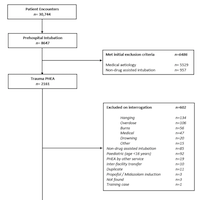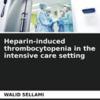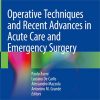PICU Up! A Multicomponent Early Mobility Intervention for Critically Ill Children
healthmanagement.org
Pediatric intensive units traditionally have had a culture where critically ill children are intubated and mechanically ventilated, immobilized, and highly sedated.
This practice is primarily driven by a focus on safety and keeping children comfortable, along with the perception that bed rest provides greater hemodynamic stability.
There is also the feeling that keeping children deeply sedated may ensure that the child does not remember their ICU stay, thus promoting the creation of a culture of immobility, which could have negative short and long-term implications for critically ill children.
When the PICU Up! program was being developed for Johns Hopkins, we decided to first address sleep as the “low-hanging fruit” because sleep is very disrupted for a number of reasons in the ICU, with modifiable risk factors.
There is a great deal of discussion related to delirium in the adult literature, but we were only just starting to recognise it in paediatrics. Sleep disruption can be a risk factor for delirium.
Over the years, the mortality rate in PICUs has declined quite significantly.
















